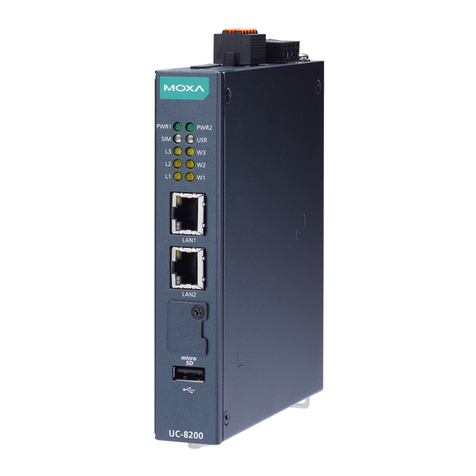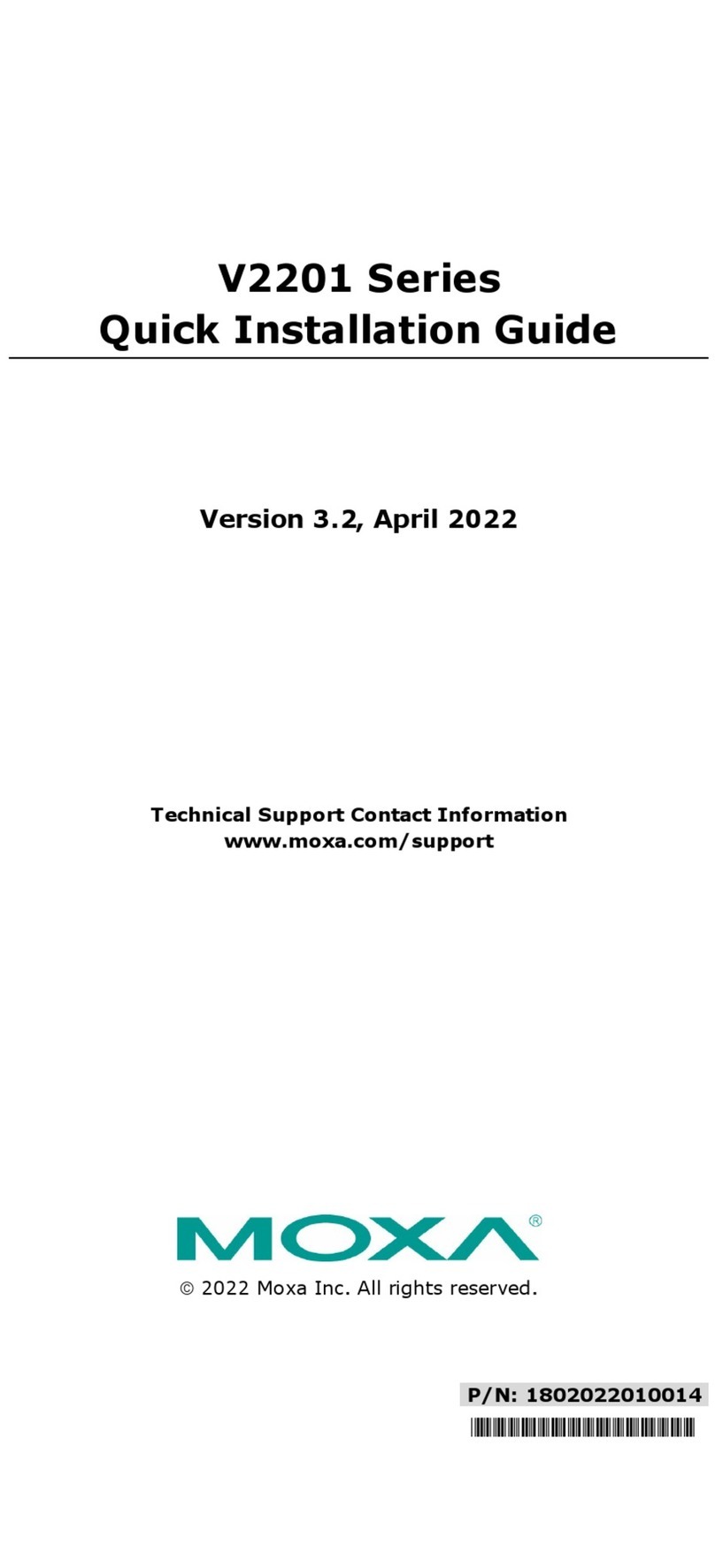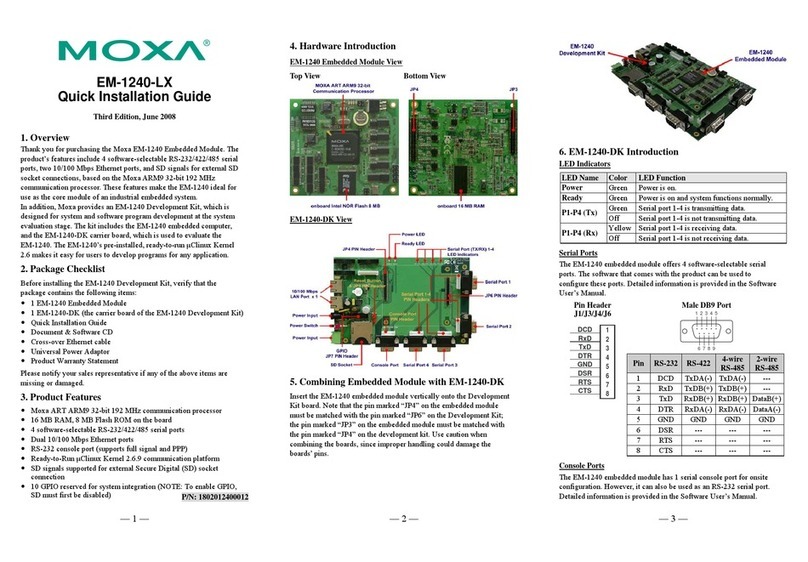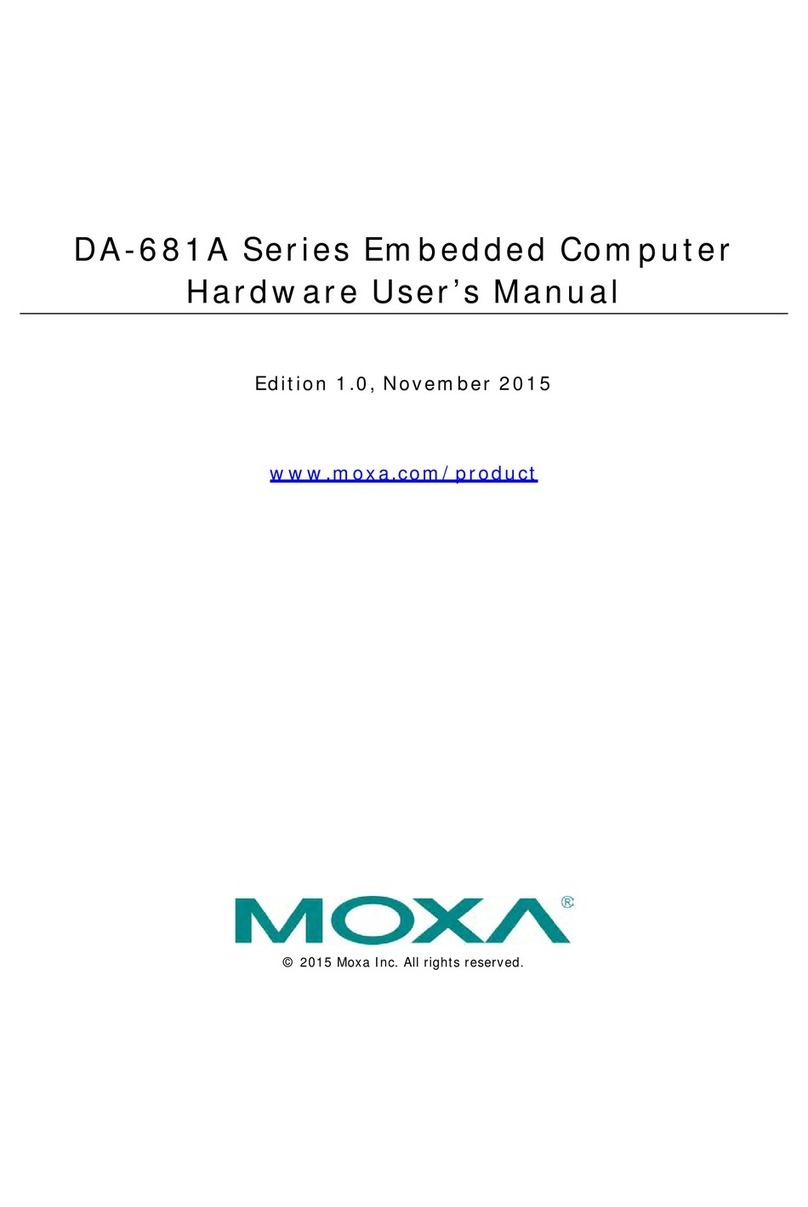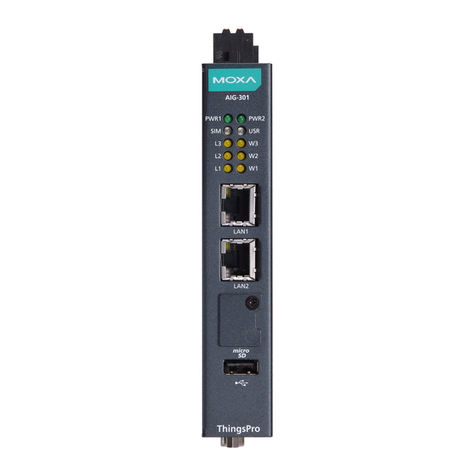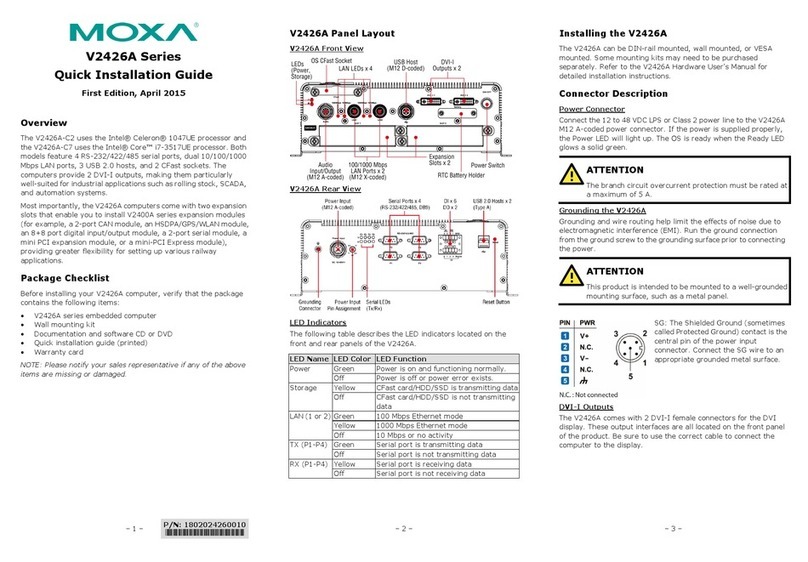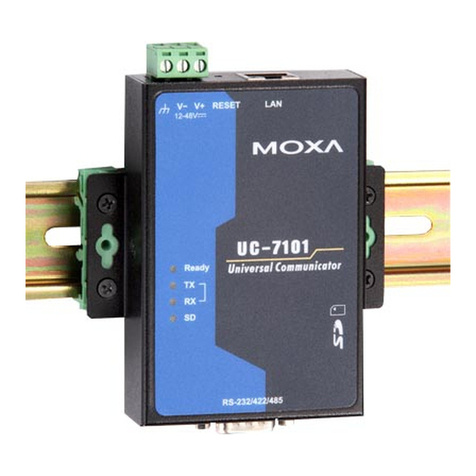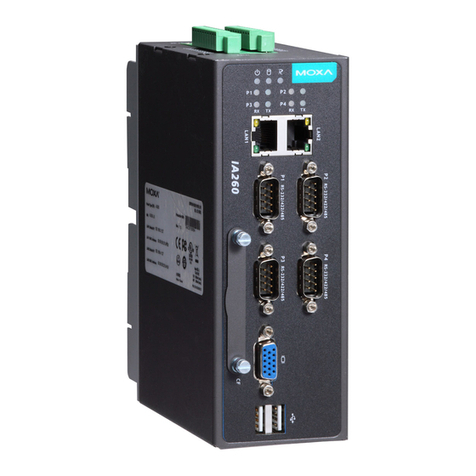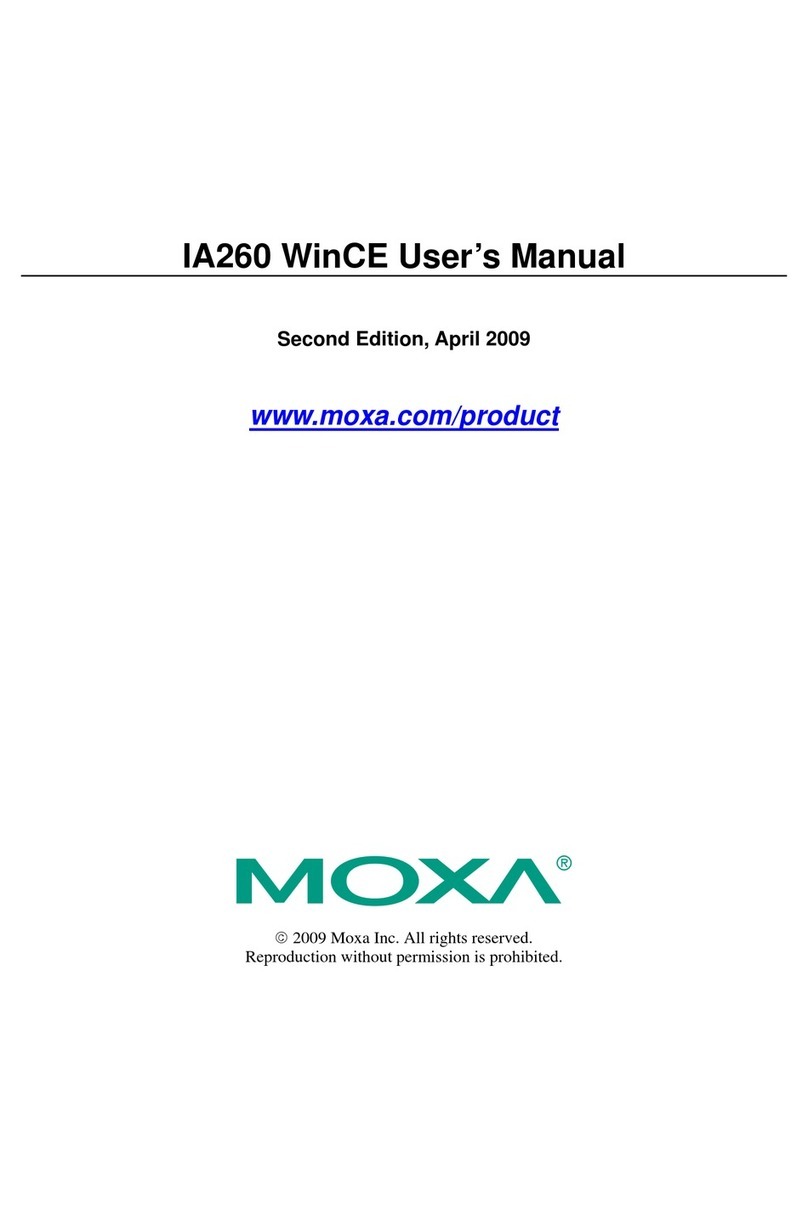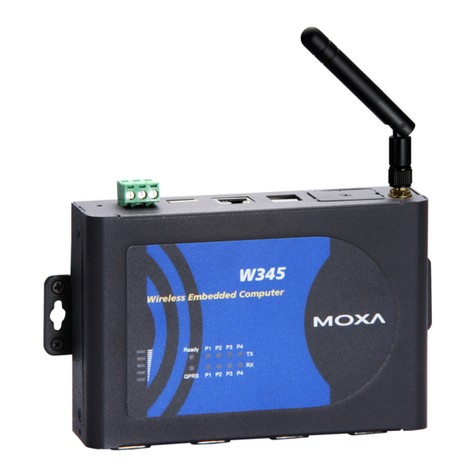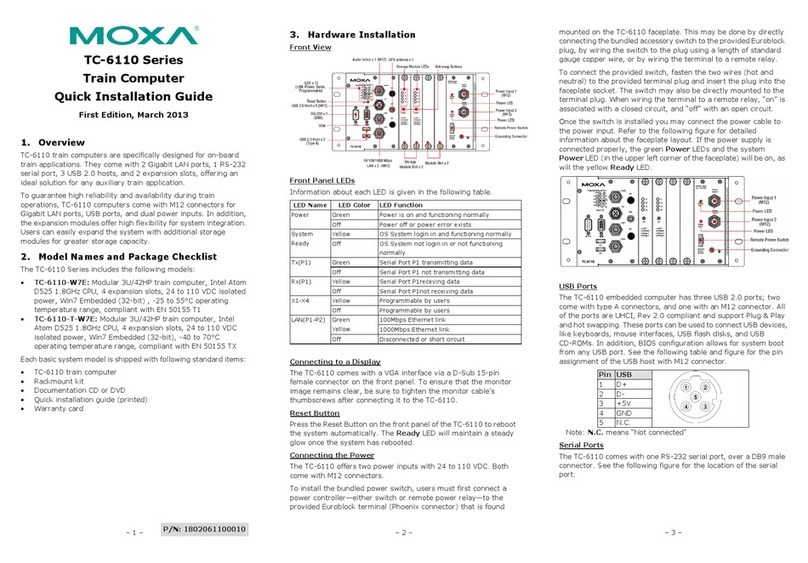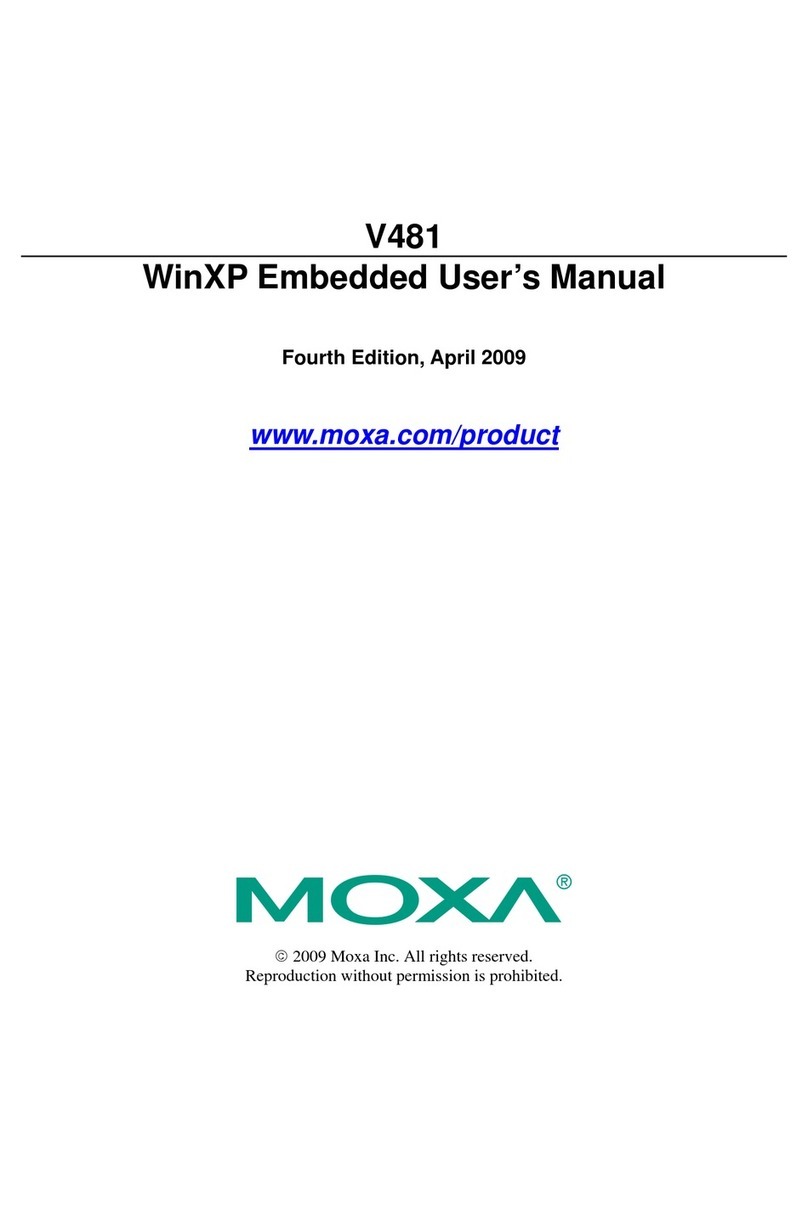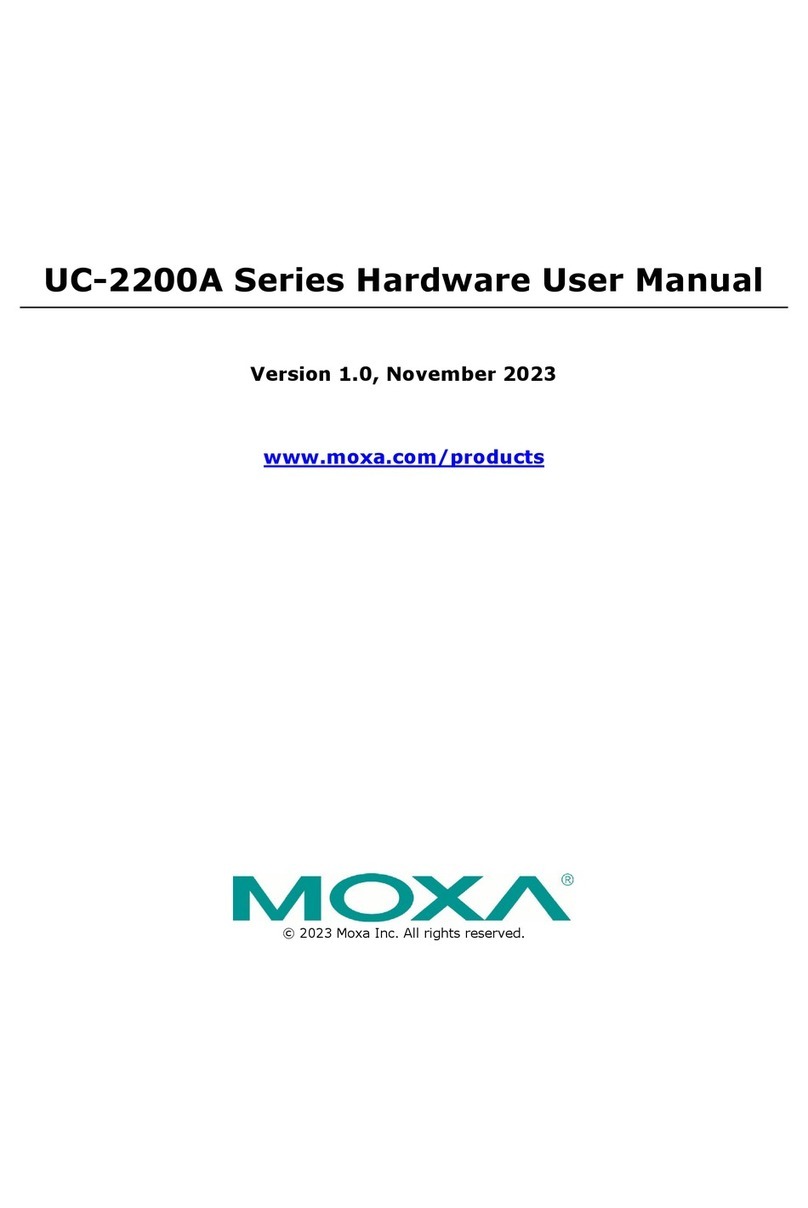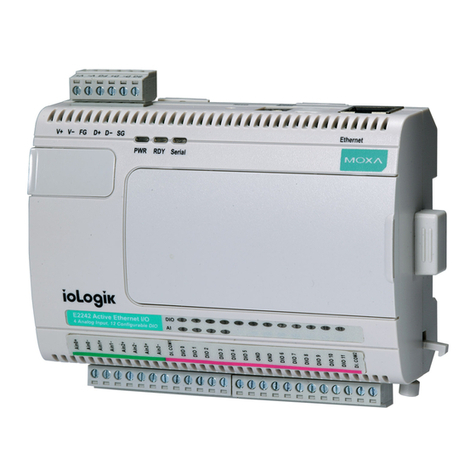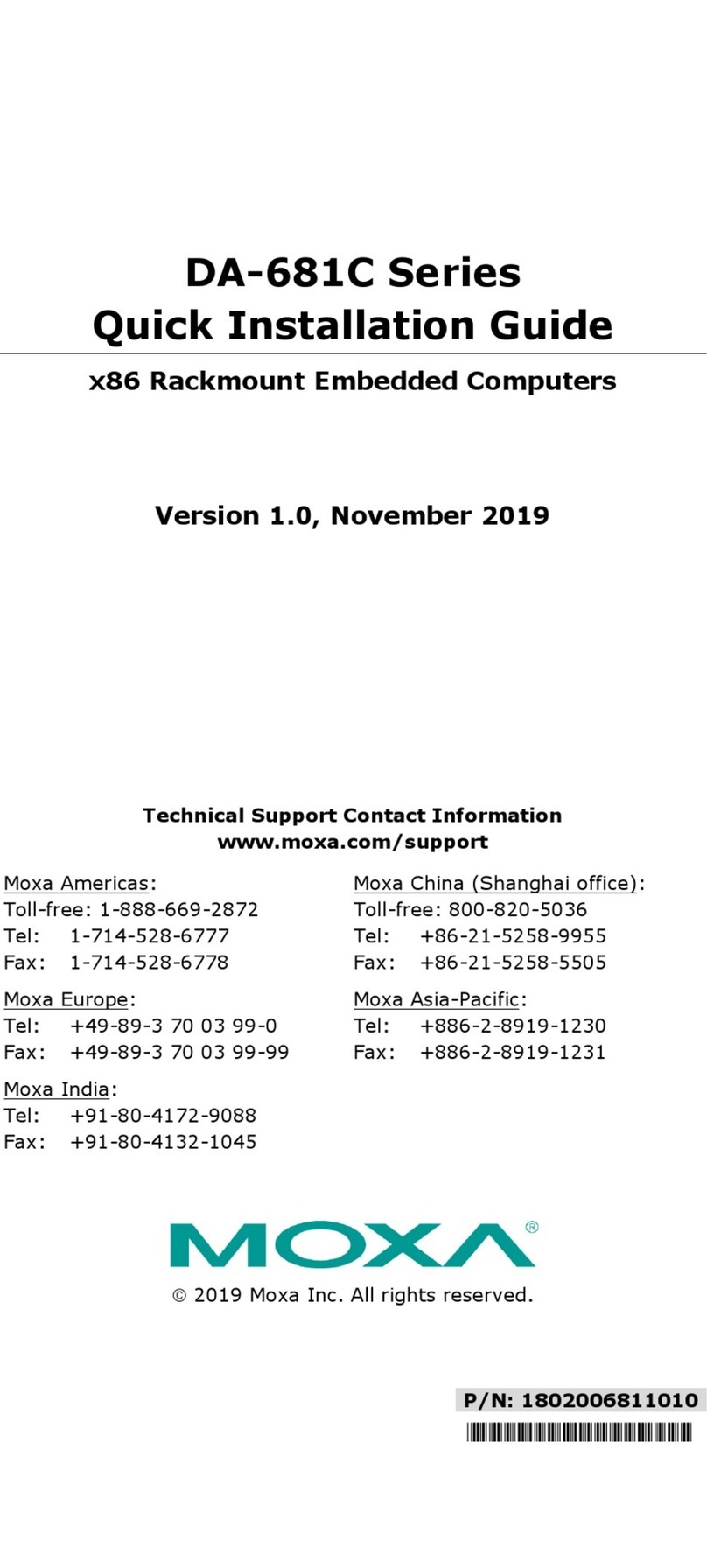
DA-685 XPE User's Manual Introduction
•Message Queuing (MSMQ) Core—Message Queuing is a messaging infrastructure and a development
tool for creating distributed messaging applications for Microsoft Windows operating systems; it provides
guaranteed message delivery, efficient routing, increased security, support for sending messages within
transactions, and priority-based messaging.
•Microsoft Visual C++ Run Time Libraries—The Microsoft C++ Runtime Library.
•NTFS—The NTFS File System driver (NT File System). Use NTFS instead of FAT for optimum file system
security.
•Power Management—This component includes a dynamic-link library for power management features in
the xpepm.dll file, and a command-line tool for using power management on a run-time image in the
xpepm.exe file. Note: Instead of using this component, Shutdown.exe is the preferred method to shut
down the system.
•Registry Editor—The Registry Editor (regedit.exe, regedt32.exe).
•RPC—Facilitates local remote procedure calls (RPCs) using the ncalrpc and ncacn_np protocol sequences,
and provides support for dynamic endpoint resolution. The RPC name service provides remote procedure
call (RPC) named services functionality, such as the RPC Locator. The RPC Named Service component
exposes all RpcNs* RPC functions. The RPC server provides a variety of RPC and Component Object Model
(COM) services, including RPC Endpoint Mapper, COM Service Control Manager (SCM) and COM Object
Resolver.
•Smart Card Cryptographic Service Providers—Supports features such as smart card logon and
improved e-mail security. Smart cards must be capable of certain RSA public key cryptographic operations.
These functions are exposed by using CryptoAPI and, specifically, through a CSP. Typically, each type of
smart card requires a CSP, which is provided by the card vendor.
•USB 2.0—The core drivers needed to communicate with an Enhanced Host Controller Interface (EHCI) that
is compliant with USB .95 or 1.0.
•Windows API—User—Provides the user-mode component of the Windows operating system API.
•Windows Media Player 11—Playback functionality for digital media that includes videos, CDs, and DVDs
for end users and developers.
•Windows Script Engines—A complete scripting environment for Windows, including command-line
scripting, script languages, and the ability to host script engines within your applications.
•WMI—Bundles the features that combine to create the Windows Management Instrumentation (WMI)
technologies.
Networking and Communication Capabilities
The DA-685-XPE embedded computers provide powerful hardware communication interfaces for
network-centric embedded applications, including Ethernet and serial ports, and also support the networking
and communications capabilities that are built into Windows Embedded Standard 2009 with SP3 OS. The
following features are supported:
•DHCP Client Service—Registers and updates Internet Protocol (IP) addresses and Domain Name System
(DNS) records for your target system.
•IP Security Services—This component provides IP Security (IPsec) services for all IP traffic.
•Dial-Up Networking—Provides the infrastructure necessary to implement a Remote Access Service (RAS)
client.
•Microsoft-Windows-HTTP—Services that implement the functionality of the HTTP protocol on a server.
•TCP/IP Networking—Implements the core TCP/IP protocol stack, which includes the IPv4 version for the
following protocols: Transmission Control Protocol (TCP), User Datagram Protocol (UDP), raw, Internet
Control Message Protocol (ICMP), Internet Group Membership Protocol (IGMP), and Address Resolution
Protocol (ARP). The component also includes Wshtcpip.dll, which is the Winsock provider for TCP/IP to
enable socket-level communication over TCP/IP.
•TAPI—A Telephony API (TAPI) Telephony Service Provider (TSP).
•Simple Network Management Protocol (SNMP)—SNMP is an agent service that provides management
systems with information about activities that occur at the Internet Protocol (IP) network layer. The SNMP
agent monitors network traffic, and retrieves and updates local management information based on the
